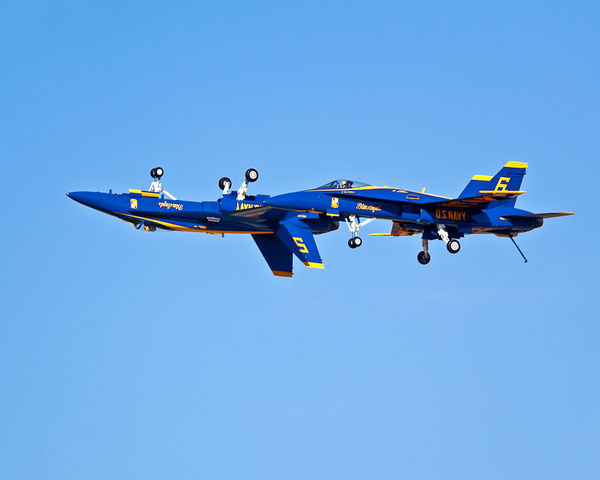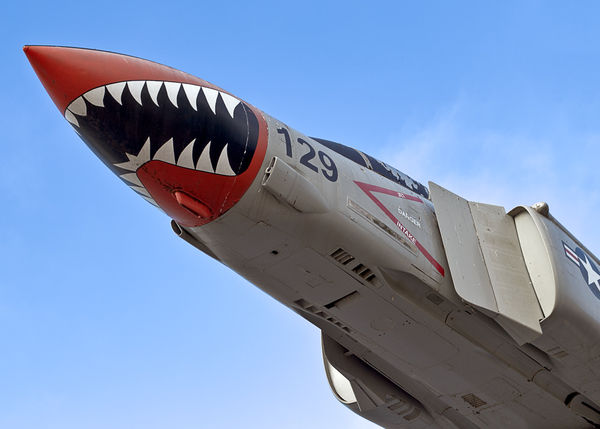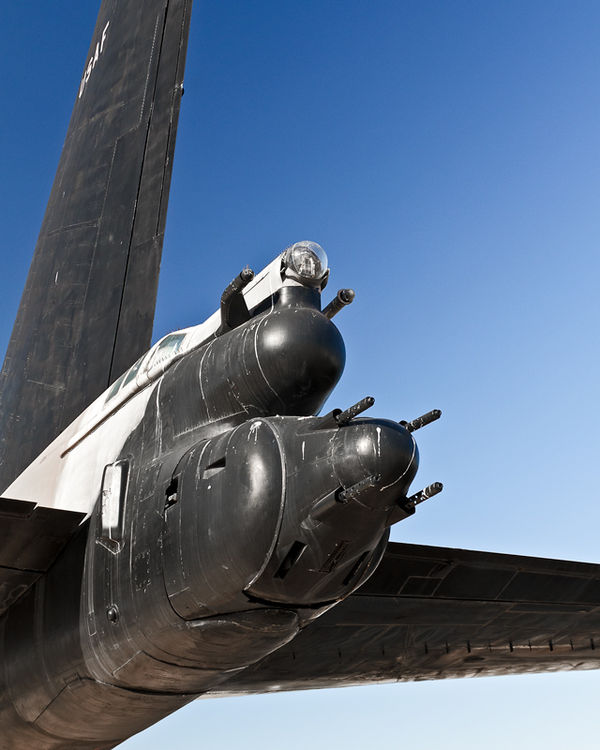Question about Circular Polarizers
Sep 22, 2011 16:43:04 #
Earlier this year, I bought my first DSLR camera. Slowly, but surely I am learning all the features and abilities of the camera. I do mostly nature and landscape photography. I was recently reading an article written about outdoor photography and the author of the article stated that one of the most important products to use in outdoor photography is a circular polarizer. After looking at some photos with the polarizer being used, I agree that it makes a huge difference and I am in store to buy one. I would prefer to buy one online rather than go to my local camera store, because i can probably get a better deal...hopefully. This may be a dumb question, but what is the difference with all of the differences in mm's? They range from 77mm, 72mm, 67mm, 52mm and so on. I'm not sure what that applies to. Does it have to do with the lens size? Like I say, this is my first DSLR, so I'm still in the learning phases. Thanks in advance for any info you can supply.
Sep 22, 2011 17:27:55 #
The millimeter measurement is the diameter of the threaded lens face. Unfortunately, many lenses will have different front thread widths, so more than one CPF (circular polarizing filter) may be needed. Usually, mid-wide angle and normal prime lenses are most commonly used with CPLs, rarely telephotos or extreme wide angles.
Sep 22, 2011 17:34:11 #
LynS1975 wrote:
This may be a dumb question, but what is the difference with all of the differences in mm's? They range from 77mm, 72mm, 67mm, 52mm and so on. I'm not sure what that applies to. Does it have to do with the lens size?
Look inside the front barrel of your lens. On most lenses, you'll see what looks like a big "O" with a line through it, and a number next to it. That's your front element thread diameter, and what you'll have to match on the CPL you buy.
If it's not inside the front barrell, it should be on your lens somewhere. If it's not, throw away all your stuff and buy Canon lenses.. :)
An option is to buy a filter that matches your LARGEST lens, and then you can buy what are called 'step down rings', hollow tubes that screw (if you'll pardon the term) into each other and your other lenses. That way, with 77mm filter, and a step-down or two, you can fit your 77 on a 58mm lens.

Check out Wedding Photography section of our forum.
Sep 22, 2011 21:05:12 #
I'm curious why CP filters are rarely used on telephoto lenses?
Sep 22, 2011 21:23:10 #
Tele's have a relatively narrow field of view, at their greatest extension, anyway. So they tend to be used more for wildlife and close up work, as opposed to more panoramic landscapes with a lot of sky and/or water.
There's no law against using one, it's just that the situations in which a CPL are most beneficial are rarely the times when you're using a super zoom out past 250mm or so.
There's no law against using one, it's just that the situations in which a CPL are most beneficial are rarely the times when you're using a super zoom out past 250mm or so.
Sep 22, 2011 21:32:51 #
Sep 22, 2011 23:10:38 #
Thanks Jim... I was just curious since I am learning photography. I do a lot of aviation photgraphy with a 100-400MM lens which I just got a CP filter for. I read that the CP filter will help with the sky color. I can't always compose my shots as I would like, and many times the sun is in an unfavorable spot. I'm experimenting with the filter to see if it helps or not. The shots I get with the sun slightly behind me are the best. Nice blue sky and vivid colors on the aircraft. Other times not so good! Any advice you can give is much appreciated!
Check out Traditional Street and Architectural Photography section of our forum.
Sep 23, 2011 06:21:44 #
jdtx
Loc: SA, Tx.
polarizing filters do their best work with the sun at a 90 degree angle so they say..
Sep 23, 2011 08:08:42 #
photocat
Loc: Atlanta, Ga
Also, you must rotate the outer ring to achieve the look your looking for, don't just slap it on and think that is all there is to do. Also you are going to lose 1.5-2 stops of light.
I understand you would rather find a better price on the internet, but going to your local camera store will allow you to take some test shots of all the CPL they carry so you can then decide which you like.
Don't make that decision on the back of the lcd, but view the images on your computer. Except to see differences.
I understand you would rather find a better price on the internet, but going to your local camera store will allow you to take some test shots of all the CPL they carry so you can then decide which you like.
Don't make that decision on the back of the lcd, but view the images on your computer. Except to see differences.
Sep 23, 2011 08:49:26 #
desert
Loc: calif, palm springs
The previous answers are excellent.
An additional comment . . . support your local camera store. Most of them across the country are gone. One comment I hear too often is: there are no camera stores anywhere around here. Also, the people at the box stores don't know anything. Of course not, they're not photographers. It's a tough business, margins on new cameras are small. Camera stores provide a great service: information. Without support they will all be gone. Then try to get a hands on experience. You can't try out a lens on line. Also returning a camera at a box store is easy but you may be returning for the wrong reason. They can't set up a menu for you and your camera experience may be poor because of incorrect settings or lack of information. Camera stores provide a lot more than cameras.
An additional comment . . . support your local camera store. Most of them across the country are gone. One comment I hear too often is: there are no camera stores anywhere around here. Also, the people at the box stores don't know anything. Of course not, they're not photographers. It's a tough business, margins on new cameras are small. Camera stores provide a great service: information. Without support they will all be gone. Then try to get a hands on experience. You can't try out a lens on line. Also returning a camera at a box store is easy but you may be returning for the wrong reason. They can't set up a menu for you and your camera experience may be poor because of incorrect settings or lack of information. Camera stores provide a lot more than cameras.
Sep 23, 2011 11:21:24 #
Shooting aircraft airborne involves a correct exposure setting for the sky minus a circular polarizer. Try these settings. Put your camera in shutter-speed mode, and pick the speed for stopping action (usually something like 1/200th second or faster, but experiment). Next, do an Exposure Compensation of plus 1 stop or a little more, adjusting for sky conditions. Note that the sky brightness will tend to make the camera meter underexpose for the aircraft. The positive EC will adjust for this meter response. When you get the settings right, your resulting image will look something like the shot of the Blue Angels below.
RPMustang wrote:
Thanks Jim... I was just curious since I am learni... (show quote)
Blue Angels, El Centro NAF

Check out Photo Critique Section section of our forum.
Sep 23, 2011 12:57:03 #
Thank you for the information! I am heading to the airport this afternoon and give those settings a try. Awesome shot of the Blue Angels! Being a former U.S. Navy Air Traffic Controller, the "Blue's" bring back some very fond memories. Wish I had been into photography back then, when we had front row seats from the control tower. Here are a few shots from a recent trip to San Diego.



Sep 23, 2011 17:33:12 #
Fond of aircraft myself. Spent 5 years in naval aviation. Have it in my blood. Nothing like it. A couple from my collection of aircraft pictures.
Static display, Pt Mugu

Tail Gun Emplacement, B-52, MFAM

If you want to reply, then register here. Registration is free and your account is created instantly, so you can post right away.
Check out Professional and Advanced Portraiture section of our forum.




